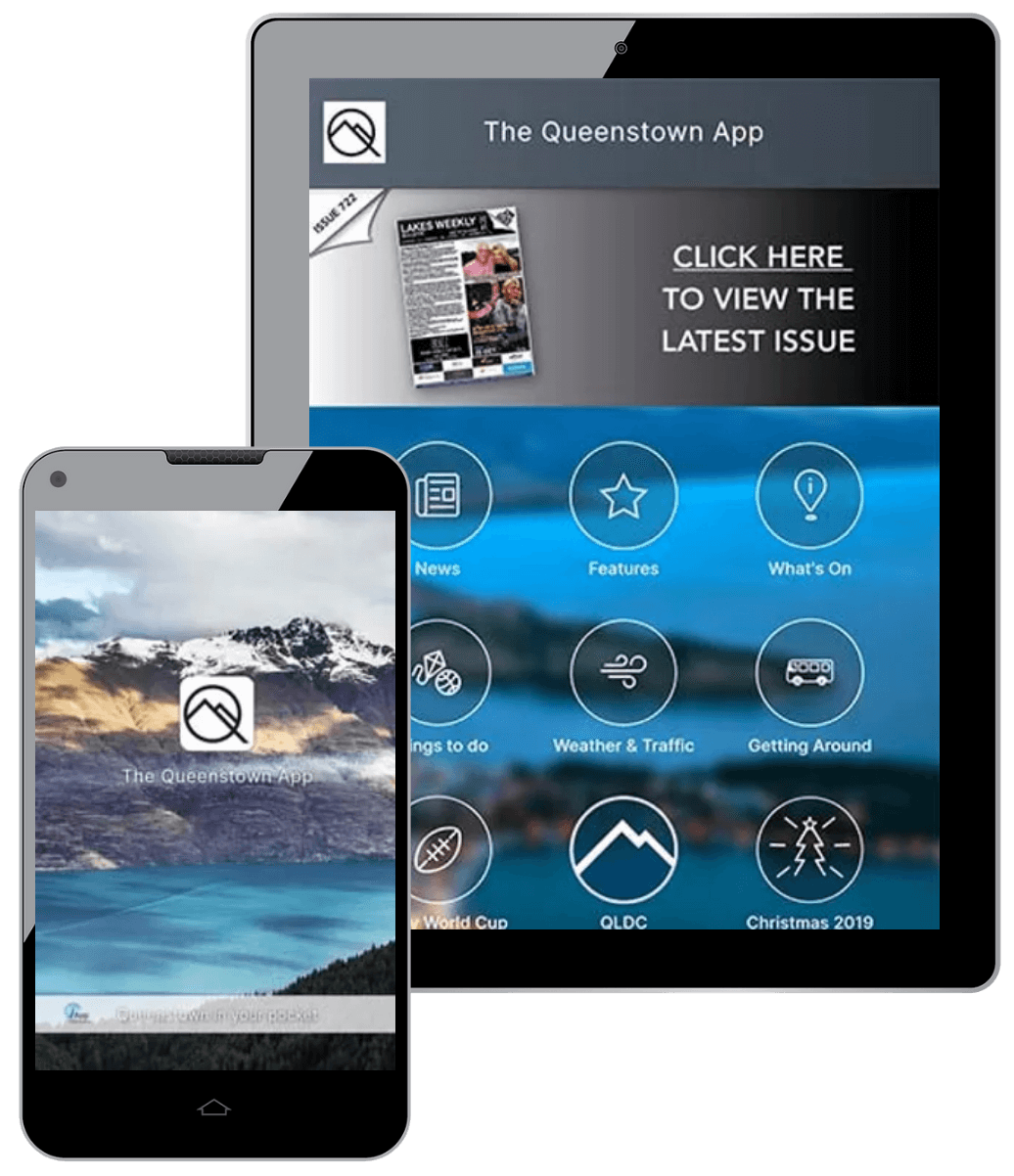Up, up and away - NASA balloon takes flight

NASA successfully launched its rugby-stadium-sized, heavy-lift super pressure balloon (SPB) from Wānaka Airport on Sunday.
The balloon is now floating at 110,000 feet (33.5 km) with the winds carrying it about the southern hemisphere's mid-latitude band on a 100-day mission.
"Mother Nature shined down beautifully today given us the perfect conditions for a brilliant launch," NASA’s Scientific Balloon Program chief Debbie Fairbrother said, on Sunday.
"I'm excited for this mission and the cutting-edge science it will perform."
While validating the super pressure balloon technology is the main flight objective, the balloon is also carrying the Super Pressure Balloon Imaging Telescope (SuperBIT), from Princeton University.
It uses a wide field of view to image large galaxy clusters from a balloon platform in a near-space environment. By measuring the way these massive objects warp the space around them, also called "weak gravitational lensing", SuperBIT will be able to map the dark matter present in these clusters.
Wānaka is NASA's dedicated launch site for mid-latitude, long-duration balloon missions and a second SPB flight is planned from the town's airport this year.
It will fly the Extreme Universe Space Observatory 2 (EUSO-2), a mission from the University of Chicago that aims to build on data collected during a 2017 mission. EUSO-2 will detect ultra-high energy cosmic-ray particles from beyond our galaxy as they penetrate Earth's atmosphere, helping to solve the mystery of the origins of these particles.
The 18.8-million-cubic-foot (532,000-cubic-meter) balloon is helium-filled and designed to maintain a positive internal pressure and shape irrespective of its environment, which keeps the balloon at a stable float altitude without dropping ballast.
The programme has launched more than 1,700 scientific balloons, fabricated by Aerostar, over some 40 years of operations. It now launches between 10 and 15 flights a year from sites around the world. NASA conducts SPB launches from New Zealand in collaboration with the Queenstown Airport Corporation, Queenstown Lake District Council, New Zealand Space Agency, and Airways New Zealand.
Real-time tracking of the balloon flights is available on the NASA website at www.nasa.gov/balloons and across NASA’s social media platforms.









